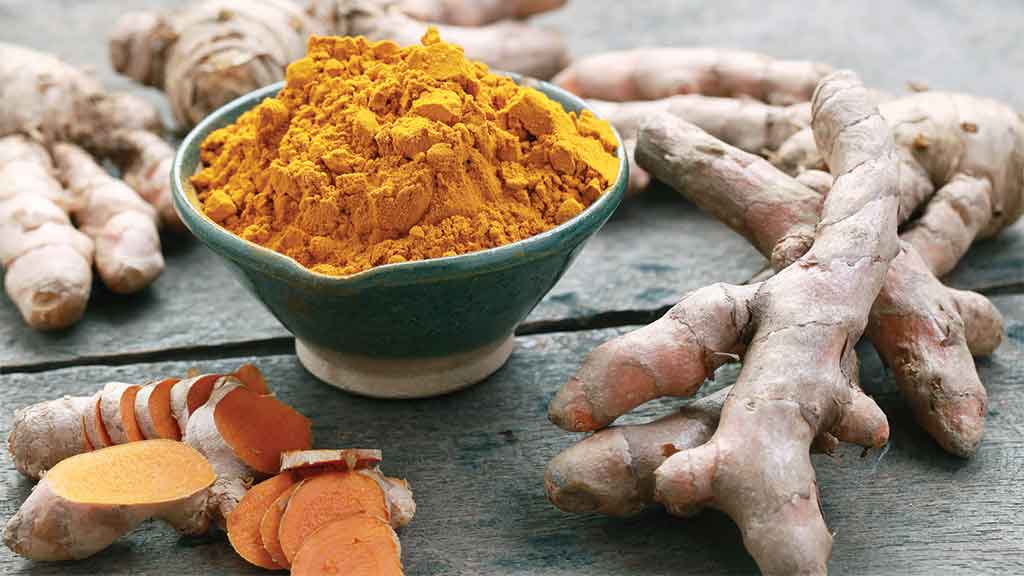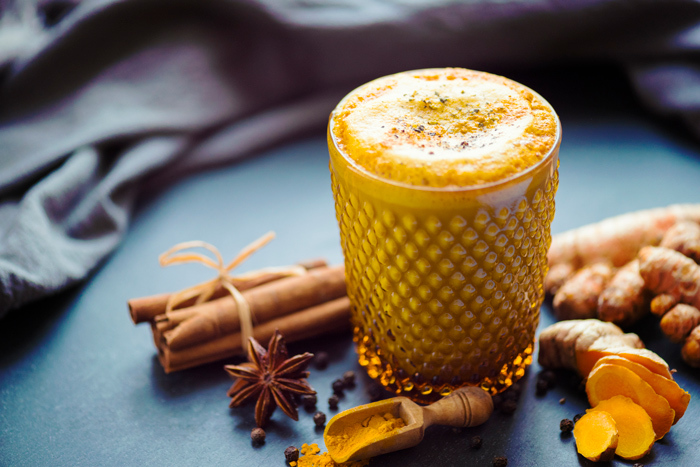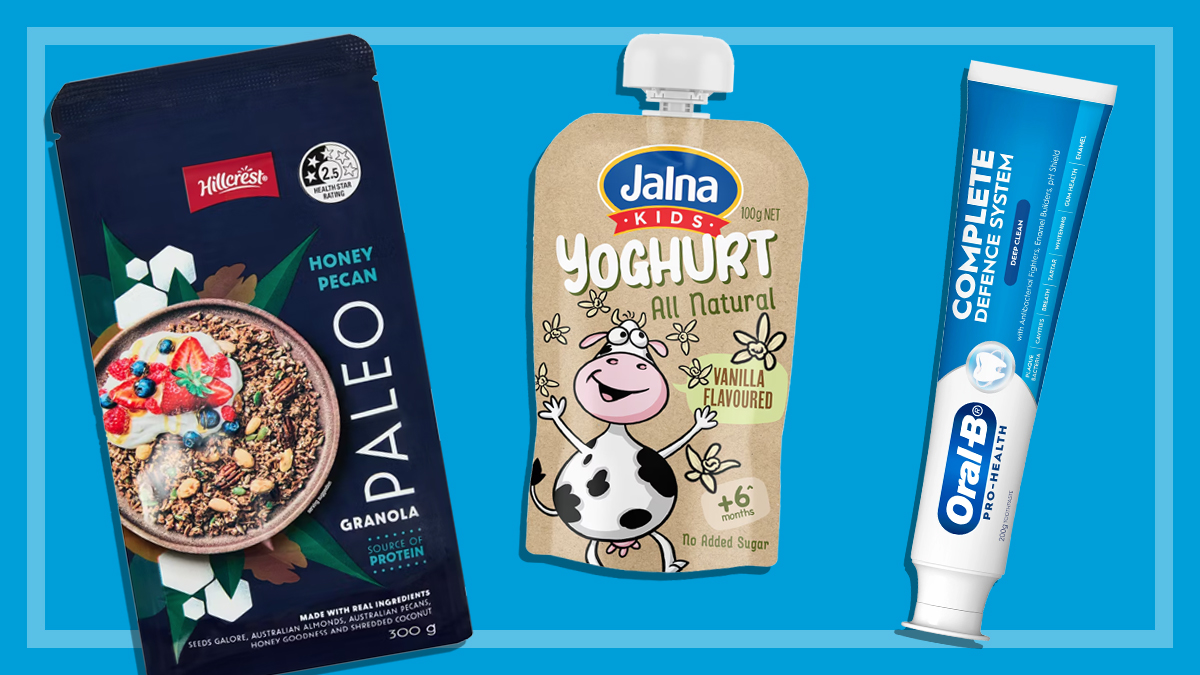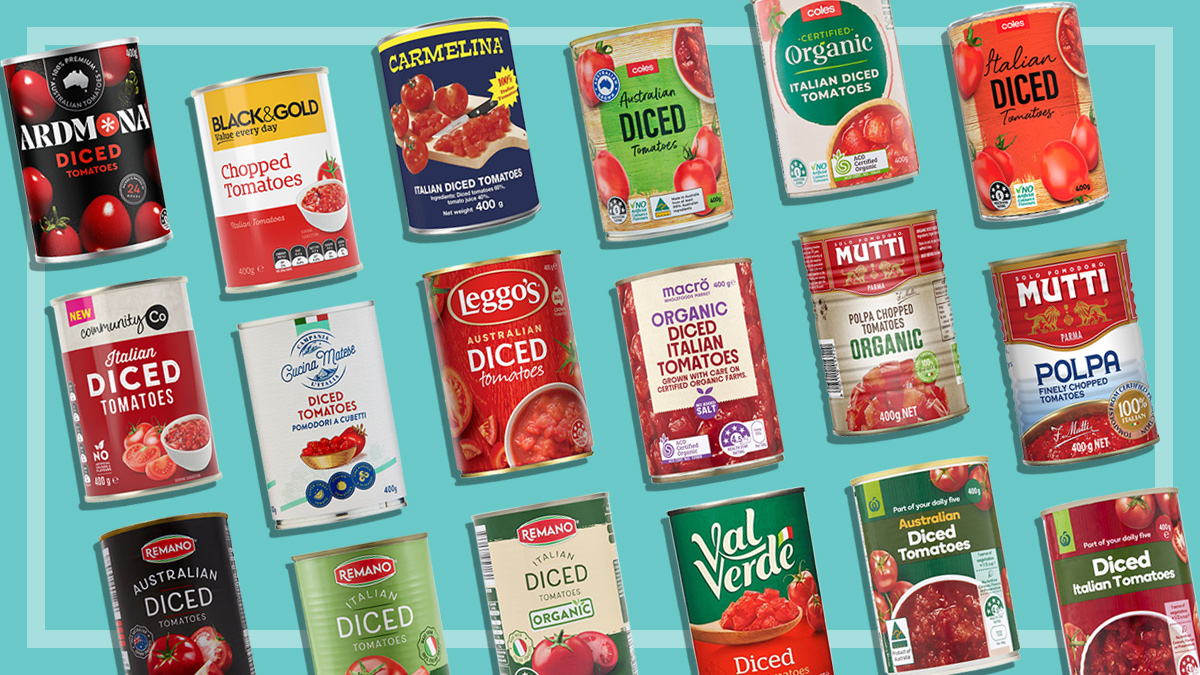Get our independent lab tests, expert reviews and honest advice.
What are the health benefits of turmeric?

Once confined to the spice rack to add to curries or rice, turmeric is now turning up in everything from granola and kefir to crisps and flavoured nuts. Turmeric lattes (also known as golden lattes) must feature on the menu of any self-respecting hipster cafe, and it’s also available as a supplement in your choice of capsules, tablets or gummies.
On this page:
- What is turmeric?
- More research is needed
- Does turmeric have side effects?
- How to make a turmeric latte
So, what’s all the fuss about?
What is turmeric?
This yellow spice, prepared from the root of a plant called Curcuma longa, has widespread use in Indian and Southeast Asian cuisine. It has a warm, bitter taste and is frequently used to flavour or colour curries, rice and a range of other foods including mustards, butters and cheeses.
Turmeric – specifically, its extract curcumin – has also been used in both traditional Indian (Ayurvedic) and Chinese medicine to treat a range of ailments affecting the blood, liver, joints, immune system, and digestive tract. Not only is it thought to provide pain relief, it’s touted as a potential cure for diabetes, heart disease and even cancer.
But does turmeric’s golden reputation stand up to scrutiny? We take a look at the evidence behind the claims.
Probably the most common use for curcumin supplements sold in chemists, health food stores and supermarkets – according to the label claims – is to help reduce inflammation and relieve joint pain associated with arthritis.
Results of a 2016 systematic review and meta-analysis of eight randomised clinical trials (of mixed quality, with sample sizes ranging from 45 to 367 people) suggest that turmeric extract may be helpful in the treatment of arthritis, especially osteoarthritis.
The review reported that in the three trials using a placebo as a control, daily curcumin supplementation over six to eight weeks resulted in reduced pain compared with a placebo. But it also found that the effect on pain wasn’t significantly different between curcumin and commercially available anti-inflammatory pain medicine such as ibuprofen in studies where they were used.
A 2017 meta-analysis looked at seven randomised controlled trials involving 649 patients that assessed the effect of turmeric and curcumin on blood cholesterol levels including ‘bad’ low-density lipoprotein (LDL) cholesterol and triglycerides and ‘good’ high-density lipoprotein cholesterol.
The researchers found that turmeric and curcumin significantly reduced blood LDL and triglycerides so may protect patients at risk of cardiovascular disease.
Another meta-analysis set up to evaluate the effect of turmeric on blood sugar levels reviewed 11 studies where in total 1144 participants were randomised to receive either curcumin or a placebo. It found that curcumin supplements helped lower the blood glucose concentrations of people with pre-diabetes, diabetes or metabolic syndrome, but not in healthy individuals.
There’s growing interest in the use of curcumin as an antidepressant. A 2017 meta-analysis reviewed six clinical trials encompassing a total of 377 patients with depression, comparing the use of curcumin with a placebo. It found that curcumin significantly improved depressive symptoms in patients.
Dr Adrian Lopresti of Perth’s Murdoch University is a clinical psychologist who conducts research in this area, and is the author of one of the trials reviewed in the analysis.
“In my double-blind, placebo-controlled studies curcumin has been shown to effectively reduce depressive and anxiety symptoms in adults with mild to moderate depression,” he said.
Curcumin is also showing potential for improving cognitive function. For Professor Andrew Scholey, director of the Centre for Human Psychopharmacology at Swinburne University, it was epidemiology that kicked off the idea that curcumin might provide important benefits for memory and mood.
“On a population level we know that people in India, where consumption of turmeric-containing foods like curries and dal is high, are less prone to cognitive decline. There may be other reasons for it, but the curcumin seems to have an effect,” said Scholey.
In 2015 his research team published the results of a clinical trial on 60 healthy adults aged 60–85.
“We found curcumin improved people’s performance on various memory tasks within a few hours of taking it, compared with a placebo,” he said.
This randomised, double-blind, placebo-controlled trial also found that working memory and mood were significantly better after four weeks of treatment. The study was funded by the manufacturer of the turmeric supplement used, but it had no input into the study design or its findings, according to Scholey.
More research is needed
Although some of the research looks promising, there are issues worth considering before you fork out for curcumin supplements.
Poorly absorbed, unstable, reactive
One of the major limitations of curcumin use in humans is that it’s poorly absorbed – the body quickly processes and excretes it. Curcumin’s poor bioavailability, along with its reputation for being unstable and reactive (it can give false positives in drug screening tests), has prompted some researchers to warn that positive outcomes of trials suggesting a therapeutic effect may not necessarily be attributable to curcumin.
Chemists have found ways to enhance the bioavailability of curcumin, such as encapsulating it in lipids (fats) or combining it with piperine (the substance in black pepper that gives it flavour), although the improvement in bioavailability varies depending on the approach.
Definitive evidence lacking
Many of the clinical trials using curcumin have been conducted with small sample sizes and are short in duration. Even if it’s a good quality randomised placebo controlled trial, a limited number of participants reduces the strength of the evidence. It’s difficult to draw a conclusion on a beneficial dose and how long to take curcumin, or even the population group that can benefit the most from curcumin.
Authors of a number of the studies themselves suggest small sample sizes and other issues with methodology mean there isn’t sufficient evidence to draw definitive conclusions about the effectiveness of curcumin and that more rigorous and larger studies are needed.
Are turmeric tablets worth buying?
You can buy curcumin, the active extract of turmeric, in supplement form from various retailers including chemists and supermarkets. But the different products are hard to compare as their features and specifications vary widely.
- Active ingredient: the curcumin content of the supplements we’ve seen in supermarkets and chemists range from 36–1200mg per pill.
- Recommended dosage: this could be one, two or three pills a day.
- Bioavailability: this depends on whether or not they’ve been formulated for enhanced bioavailability, as well as the method (e.g. lipid encapsulated vs added piperine).
- Format: they’re available as tablets, capsules and gummies.
- Price: the price per 1000mg curcumin – a typical daily dosage used in many of the clinical trials – ranges from 56 cents up to $16.66 in the supplements we’ve seen.
What about food and drinks with added turmeric?
Don’t rely on eating the occasional handful of turmeric dusted nuts washed down with a turmeric tea to deliver a significant dose of curcumin that will benefit your health. Not only is the amount and bioavailability of curcumin a consideration, it also has a very short half-life. So unless you’re consuming it regularly – as in a traditional Indian diet which might include turmeric twice a day – it’s difficult to maintain helpful blood levels of curcumin.
Until more high-quality randomised controlled trials are conducted to confirm the benefits of curcumin supplementation, it’s probably best to simply enjoy turmeric spice as part of a healthy, nutritious diet (and if you still fancy a turmeric latte, check out our recipe below to make your own at home).
Does turmeric have side effects?
Turmeric is generally thought to be safe. However, high doses or long-term use of turmeric may cause gastrointestinal problems including nausea or diarrhoea.
It’s also advised not to take turmeric supplements when pregnant.
How to make a turmeric latte

You’ll find multiple recipes for turmeric lattes online, but here’s one we quite like.
Ingredients
- 350mL milk (or your favourite alternative)
- ¼ tsp ground turmeric
- ¼ tsp ground cinnamon
- ¼ tsp ground ginger
- ½ tsp vanilla extract
- ½ tsp maple syrup
- grind of black pepper
Method
- Combine ingredients in a saucepan and whisk constantly over a gentle heat.
- Once hot, pour into mugs and sprinkle with a little more cinnamon to serve.





